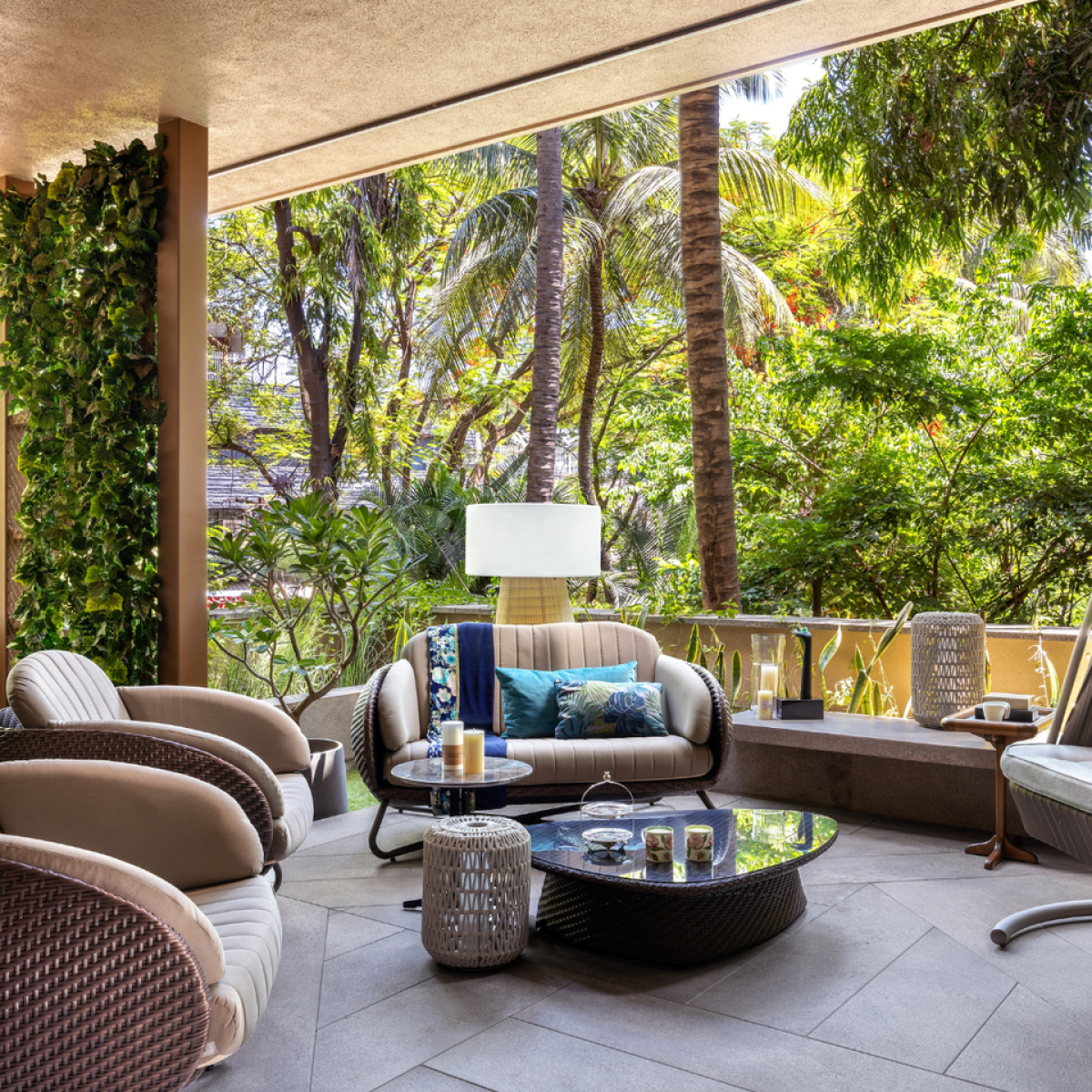

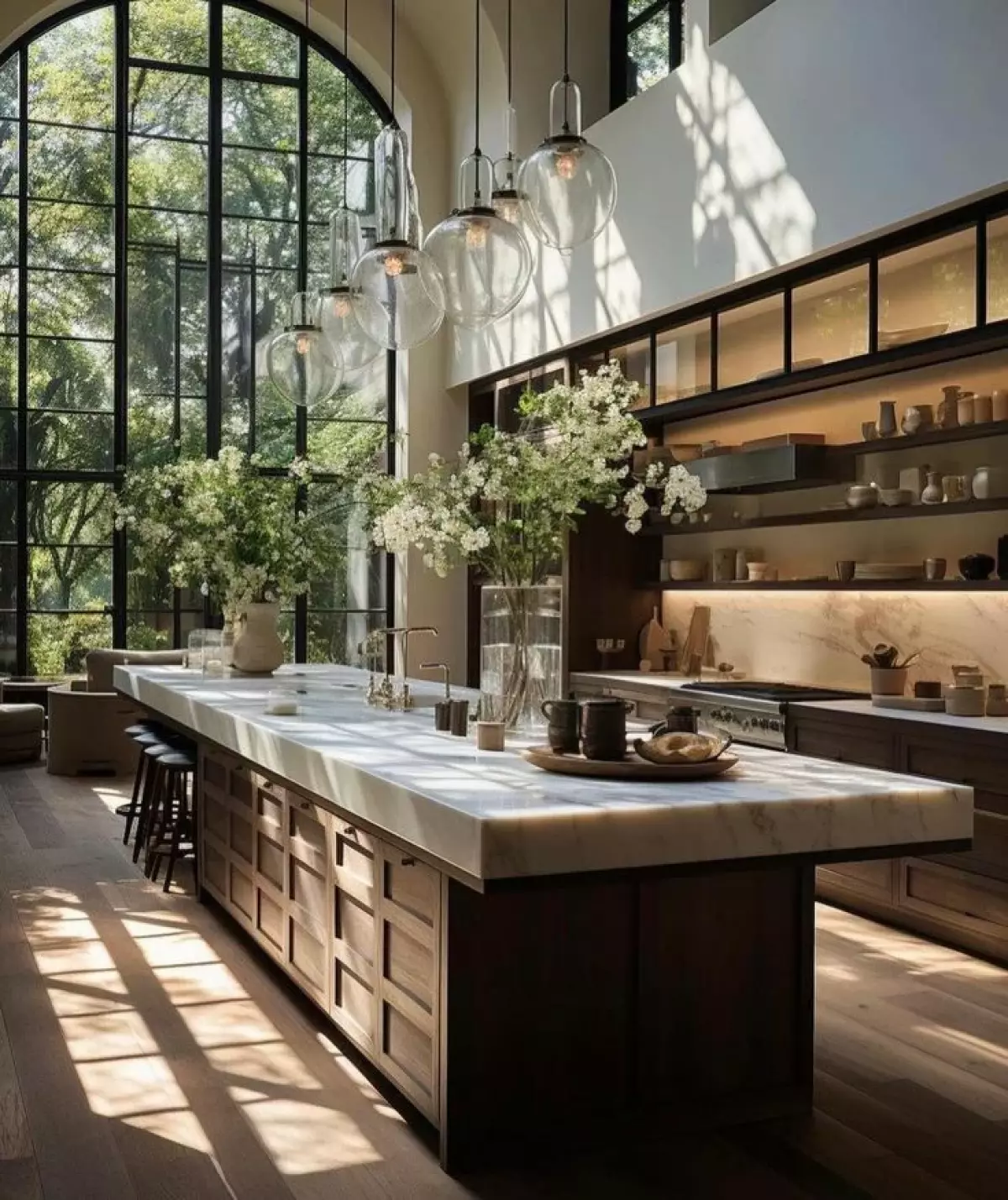
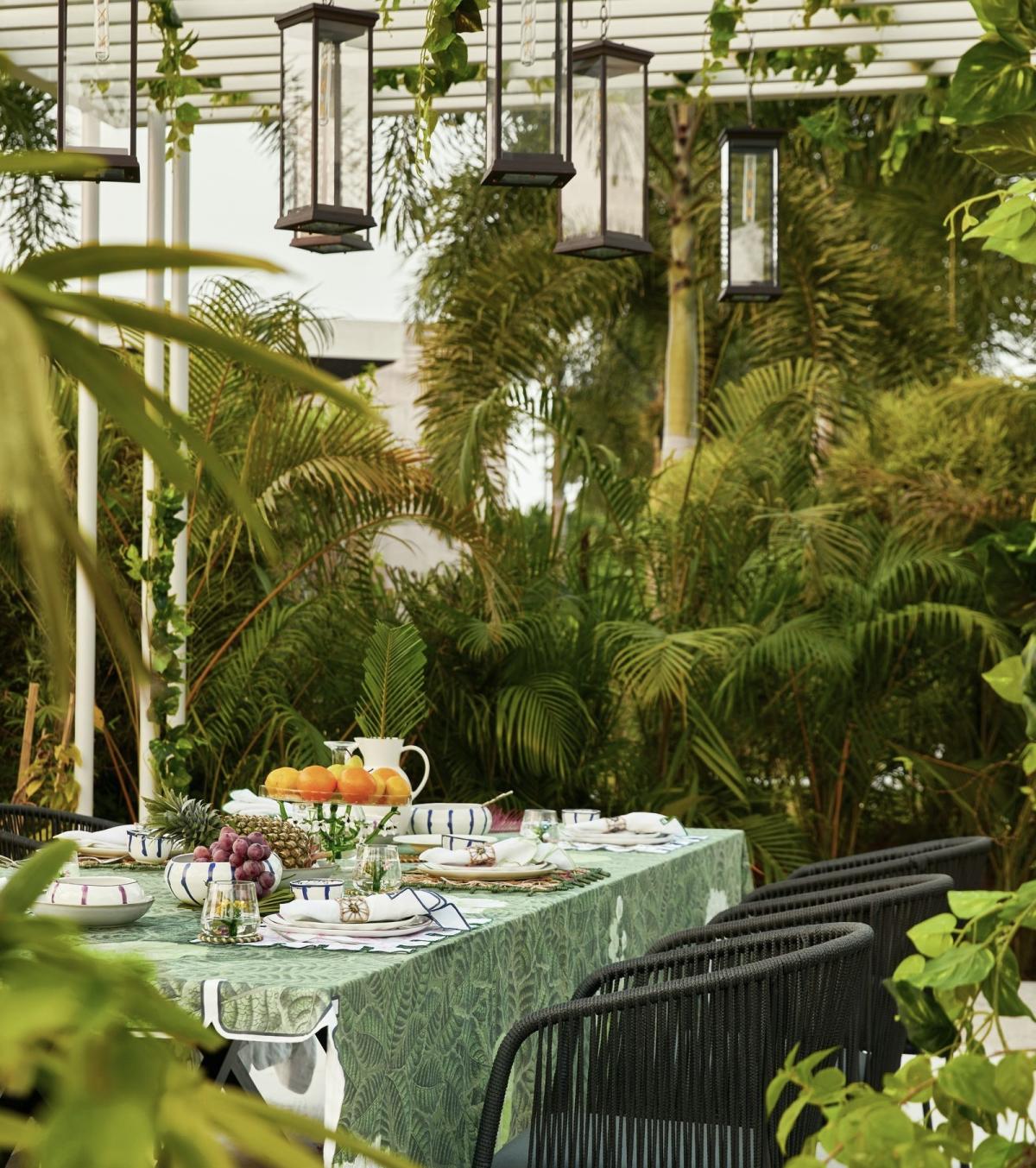
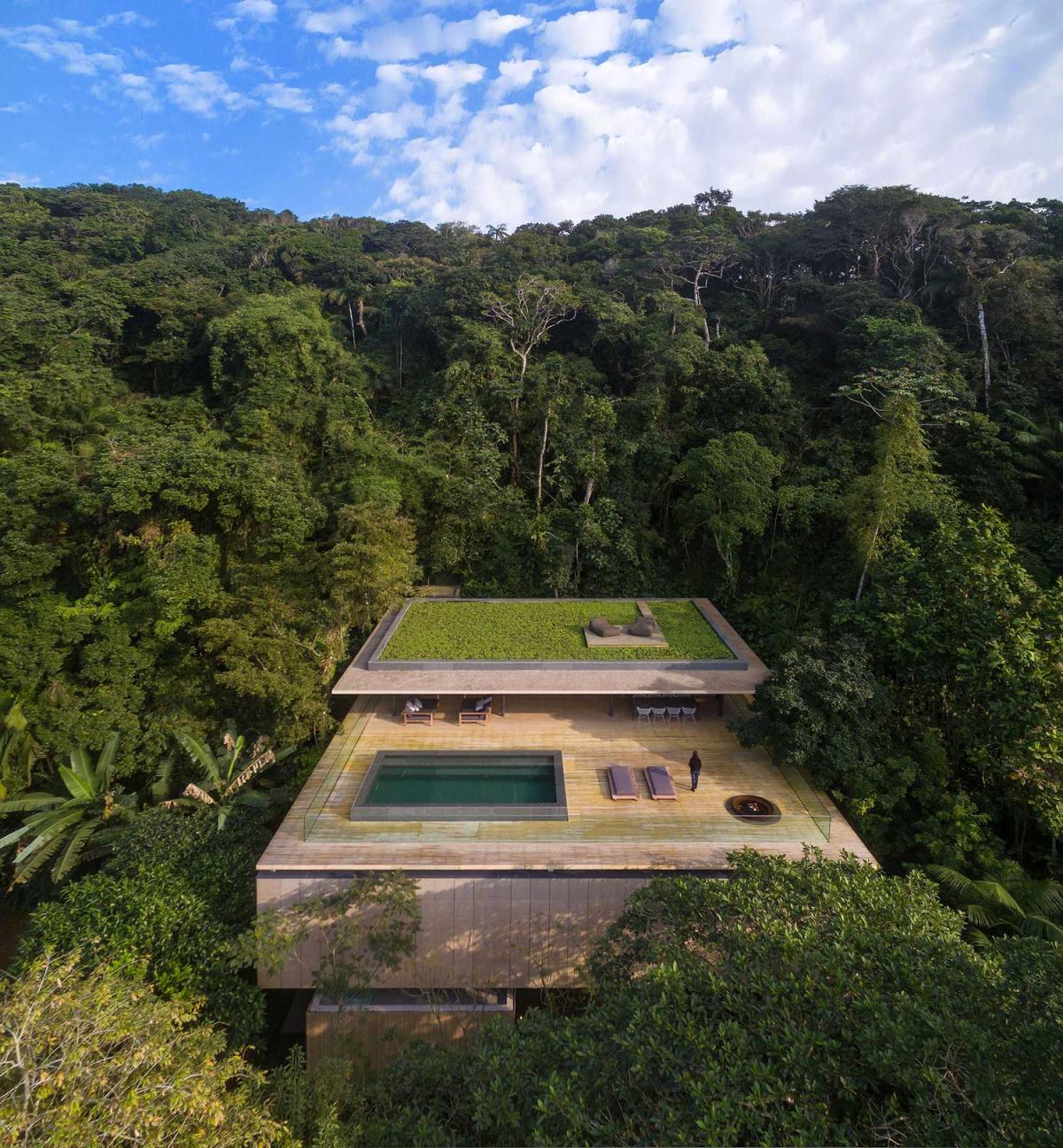
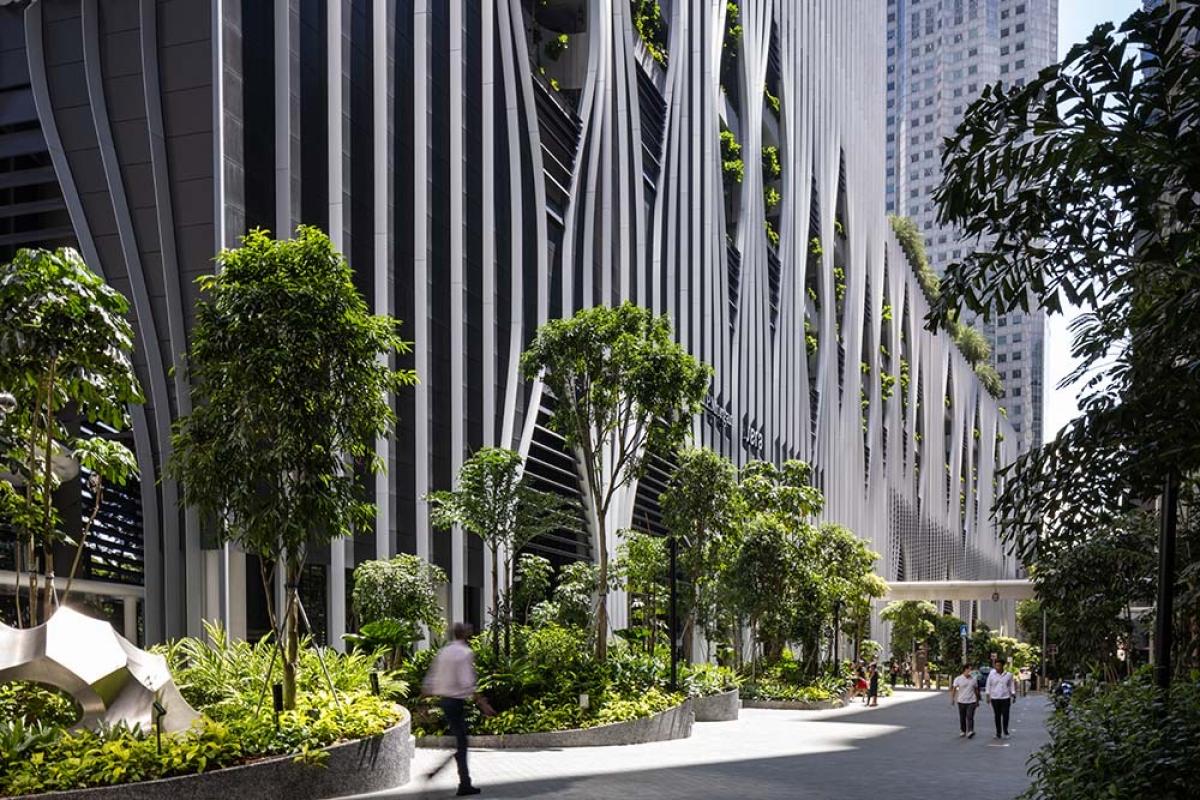
For decades, the language of luxury real estate was one of excess: gilded foyers, acres of marble, infinity pools that stretched toward the horizon. But as the world shifted—through pandemics, climate anxieties, and a collective reevaluation of what matters most—so too did the definition of opulence. Increasingly, the truest markers of luxury are no longer chandeliers or imported stone, but space, air, and light. The rise of biophilic design, once a fringe architectural philosophy, has become a global movement shaping the homes of the ultra-wealthy, reimagining what it means to live well.
At its heart, biophilic design is simple: it brings the natural world inside. Yet in execution, it is transformative, creating residences that blur the boundaries between built structure and environment. In São Paulo, the Brazilian firm Studio MK27 has crafted homes where sliding glass walls vanish entirely, turning interiors into shaded verandas. In Malibu, Californian estates perch on steep cliffs with glass corridors that frame the ocean as if it were a permanent work of art. And in Tokyo, even within the density of the city, architects are experimenting with inner courtyards planted like miniature forests, giving residents a heaven of tranquility in the chaos.
For buyers of high-end properties, wellness has become the ultimate amenity. The pandemic sharpened a desire for sanctuaries that not only dazzle but heal. Natural light flooding into a living room is no longer just about aesthetics—it is about circadian health. Architects are designing spaces where sunlight moves gracefully across the day, supporting sleep rhythms and mental clarity. At Aman’s recently unveiled New York residences, homes are calibrated with lighting systems that mimic the progression of daylight, bringing balance to occupants who may never step outside during a working day.
In contemporary luxury residences, water has become a fundamental privilege. It is no longer merely a necessity for drinking or hygiene but a key element of well-being. Architects and developers attend to every detail: its source, purification systems, mineral composition, and the way it flows and feels to the touch. Residences are designed with private water systems delivering crystal-clear water directly to every tap, shower, and Jacuzzi. In mountain retreats with biophilic design, homes are supplied with spring water, naturally filtered and integrated into spa areas that mimic forest streams. Water enriches the senses: in deep pools reflecting the sky, in showers with streams that evoke gentle waterfalls, in Jacuzzis and spa spaces where it becomes a medium for meditation and restoration. For the ultra-wealthy, every sip, every drop, every movement of water is a marker of refinement—a quiet luxury that is unseen but felt in every cell, conveying harmony, health, and meticulous attention to detail.
Air is another silent luxury. Ventilation, once a utilitarian concern, is now at the forefront of elite design. Ultra-high-net-worth individuals are commissioning homes with hospital-grade purification systems, seamlessly integrated into open-plan living areas. In Palm Beach, estates are equipped with technology that monitors air quality in real time, adjusting humidity and filtering allergens. What once seemed clinical is reframed as indulgence: breathing air as pure as at a mountain peak, while seated in a private library overlooking the sea.
Then there is space, perhaps the most coveted of all. The new luxury is not density, but openness—homes designed with flowing layouts that create both expansiveness and intimacy. Instead of compartmentalized rooms, residences unfurl like landscapes. Consider Mexico’s Riviera Nayarit, where cliffside villas cascade toward the ocean, each level punctuated by terraces planted with local flora. Or Los Angeles’s canyon estates, where courtyards, gardens, and pools weave into the architecture itself, erasing the line between inside and out.
The materials of these spaces are just as important as their proportions. Cold, polished finishes have given way to textures that echo the natural world - reclaimed oak, hand-hewn stone, clay plaster walls that breathe with the air. The effect is tactile luxury—a sensuality not found in gloss but in touch, in the pleasure of running a hand across raw linen or warm limestone. It is a style that feels both timeless and forward-looking, deeply grounded and quietly extravagant.
Biophilic design also carries with it an undercurrent of sustainability. For a generation of wealthy buyers increasingly concerned with legacy, homes are not just showpieces but statements. A residence that maximizes daylight reduces energy needs; one that incorporates natural ventilation lessens dependence on machinery. In Greece, new villas on the Athens Riviera are built with green roofs and shaded courtyards, nodding to traditional Cycladic forms while quietly aligning with modern eco-consciousness. In Scandinavia, timber construction has reached new heights, creating luxury chalets that are both carbon-friendly and breathtakingly refined.
What unites these projects is not simply aesthetics, but philosophy: a belief that true luxury must also nourish. This is no small shift. For the ultra-wealthy, a home is often a stage—a place to entertain, to showcase art collections, to signal status. Yet the emerging desire is for homes that are also sanctuaries, spaces that buffer against the noise of a frantic world. In this sense, biophilic design offers both spectacle and solace, creating environments that dazzle visitors while cocooning residents in serenity.
Perhaps the clearest sign of this evolution is how developers are positioning their flagship projects. In Dubai, once synonymous with glittering excess, new branded residences now emphasize tranquility, natural light, and private gardens suspended high above the city. In London, glass-clad penthouses in Knightsbridge tout their winter gardens as avidly as their concierge services. And in Singapore, vertical forests climb the façades of luxury towers, offering residents the rare privilege of walking through greenery several stories above ground.
The ascent of biophilic design in the realm of luxury real estate speaks to a more profound truth: wealth today is no longer defined by possessions, but by sensations. For the global elite, true indulgence is waking to sunlight refracted through leaves, inhaling crystalline air before an endless horizon, inhabiting spaces that feel simultaneously infinite and intimately one’s own. The new emblems of luxury are not crystal chandeliers or rare marbles — they are etched in light, air, and space, reminding us what it means to feel vividly alive.
Photos: Architectural Degest, Atul Pratap Chauhan, Talib Chitalwala, Paulo Periera, House Beautiful, houseofblaylock.com, Finbarr Fallon, Bjarke Ingels Group, Studio MK27, Fernando Guerra FG+SG.